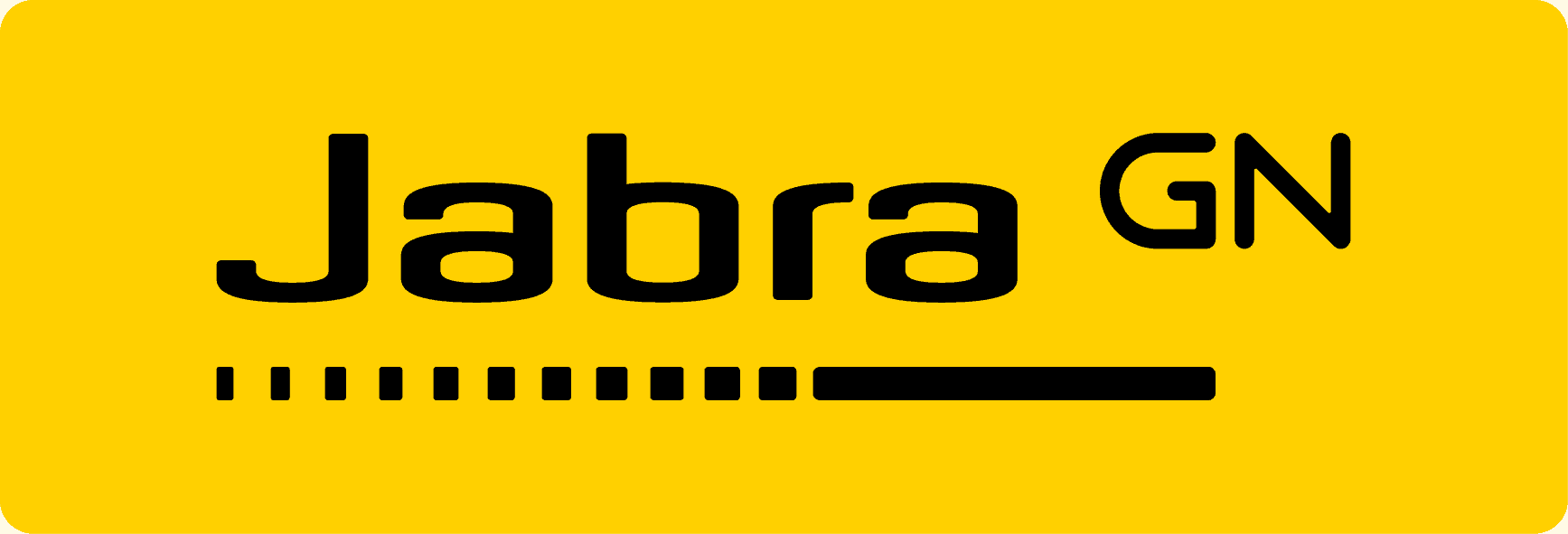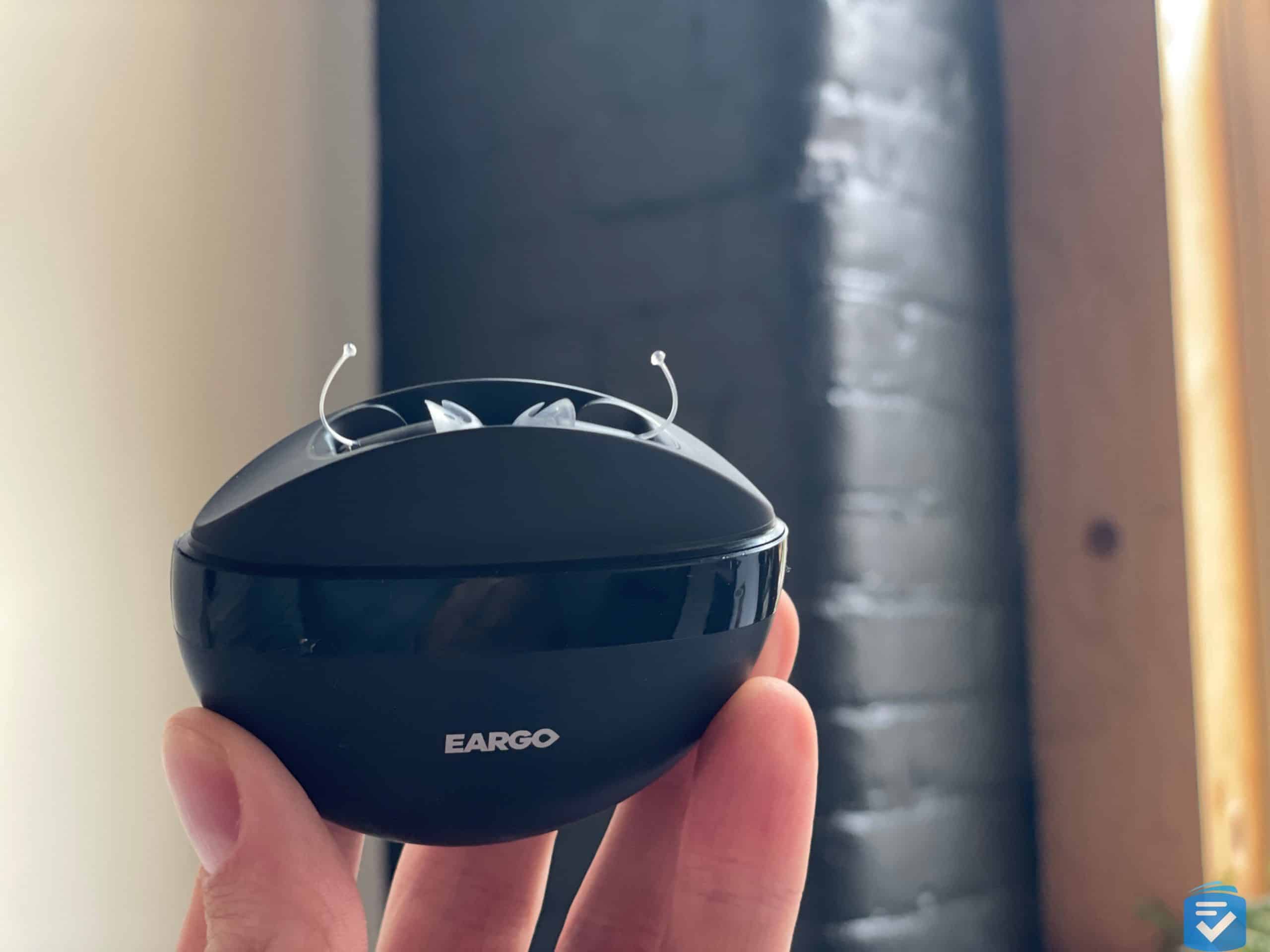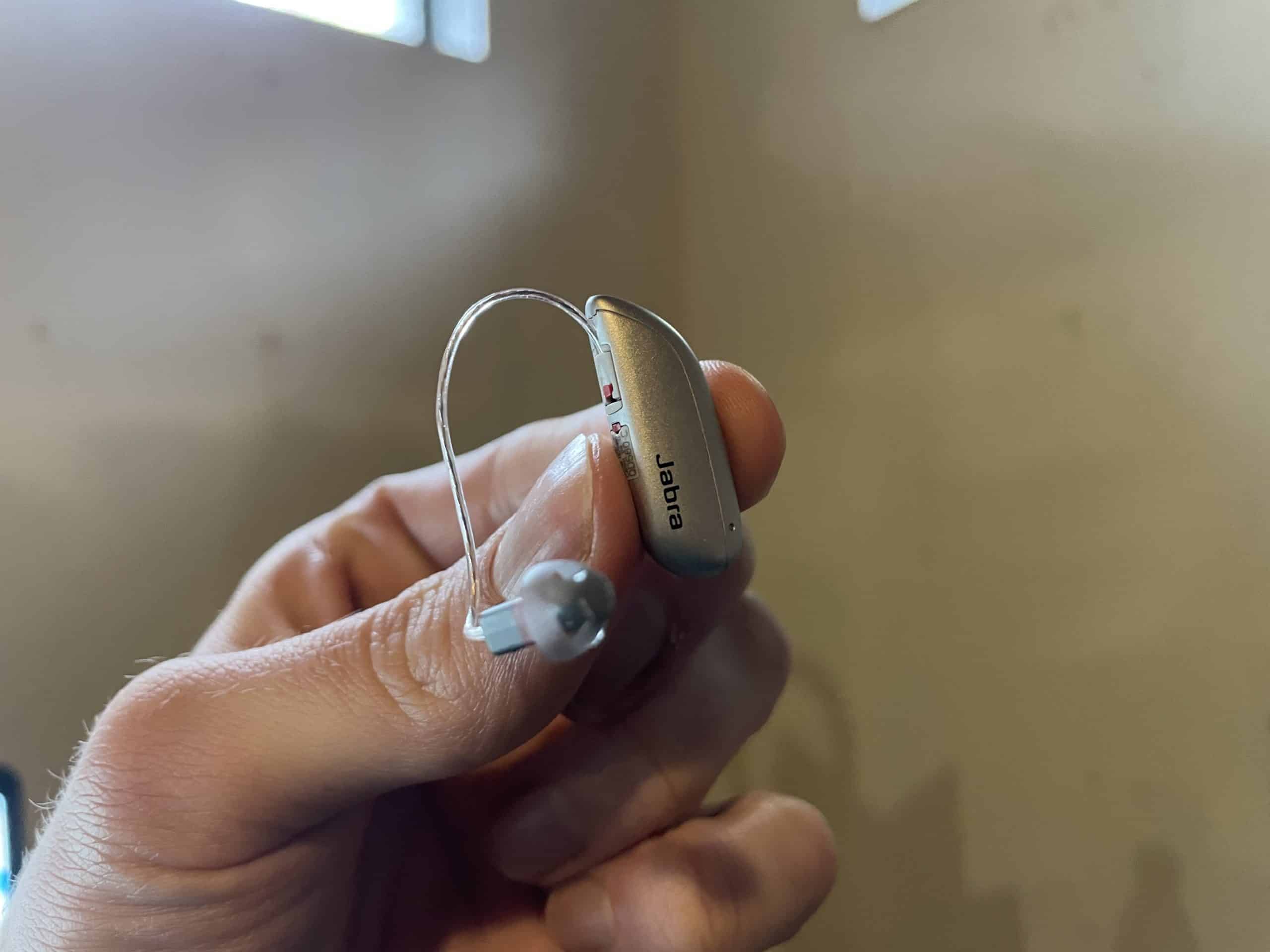Phonak vs. Oticon: A 2025 Hearing Aid Brand Comparison
When comparing top-tier hearing aid brands, Phonak and Oticon consistently rank among the industry leaders. Our hands-on testing of numerous models from both manufacturers reveals that while they share premium positioning and advanced technology, they differ significantly in key areas that might impact your decision.
Phonak stands out with universal Bluetooth connectivity and specialized options for single-sided hearing loss, while Oticon impresses with its BrainHearing technology and superior speech clarity in noisy environments. With both brands typically ranging from $1,000 to $4,000 per device, understanding these differences is crucial to finding the right investment for your hearing health.
FYI: If premium pricing is beyond your budget, explore our guide to the best affordable hearing aids for quality alternatives that won’t break the bank.
Key Findings
- In our comparative testing, Oticon provided slightly clearer sound in challenging environments, while Phonak offered superior connectivity options, especially for Android devices.
- Both brands price their devices similarly ($1,000-$4,000 per aid), positioning them in the premium segment of the hearing aid market.
- Phonak’s universal Bluetooth connectivity works with any phone, while Oticon’s best connectivity features are optimized for iPhone users.
- Both manufacturers require purchasing through hearing healthcare professionals, ensuring personalized fitting, but adding to overall costs.
- In our battery performance tests, Oticon’s disposable battery options typically lasted slightly longer than comparable Phonak models.
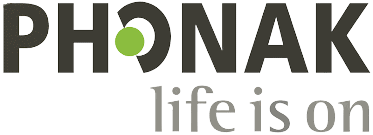
|
|
|
|---|---|---|
| Editor's Ratings | ||
| Price Range for a Pair | $2,000-$8,000 | $2,000-$8,000 |
| Latest Platform | Infinio & Lumity | Intent 2 |
| Bluetooth Connectivity | Universal (works with any Bluetooth device) | Best with iPhones; limited Android functionality |
| App Experience | myPhonak app with remote adjustments and hearing tracking | Oticon Companion app with intuitive interface |
| Battery Options | Rechargeable and disposable | Rechargeable and disposable |
| Sound Processing Technology | DEEPSONIC chip with Deep Neural Network | BrainHearing with Deep Neural Network 2.0 |
| Single-Sided Hearing Loss Solutions | CROS system | CROS PX system |
| Purchase Method | Through hearing healthcare professionals | Through hearing healthcare professionals |
| Warranty | Typically 1-3 years (varies by provider) | Typically 3 years (varies by provider) |
| Contact | ||
| Website |
*We recommend calling because providers can sometimes offer special deals or pricing. We make every effort to provide and maintain accurate information on our site. However, the businesses reviewed on our site may periodically change their pricing, equipment, and packages and there may be a lag between the time they make such changes and the time we become aware of such changes. If you identify any outdated or inaccurate information, please contact us here.
Did You Know: According to the National Institute on Deafness and Other Communication Disorders, approximately 28.8 million U.S. adults could benefit from using hearing aids,1 yet only about one-fifth of those individuals use them.
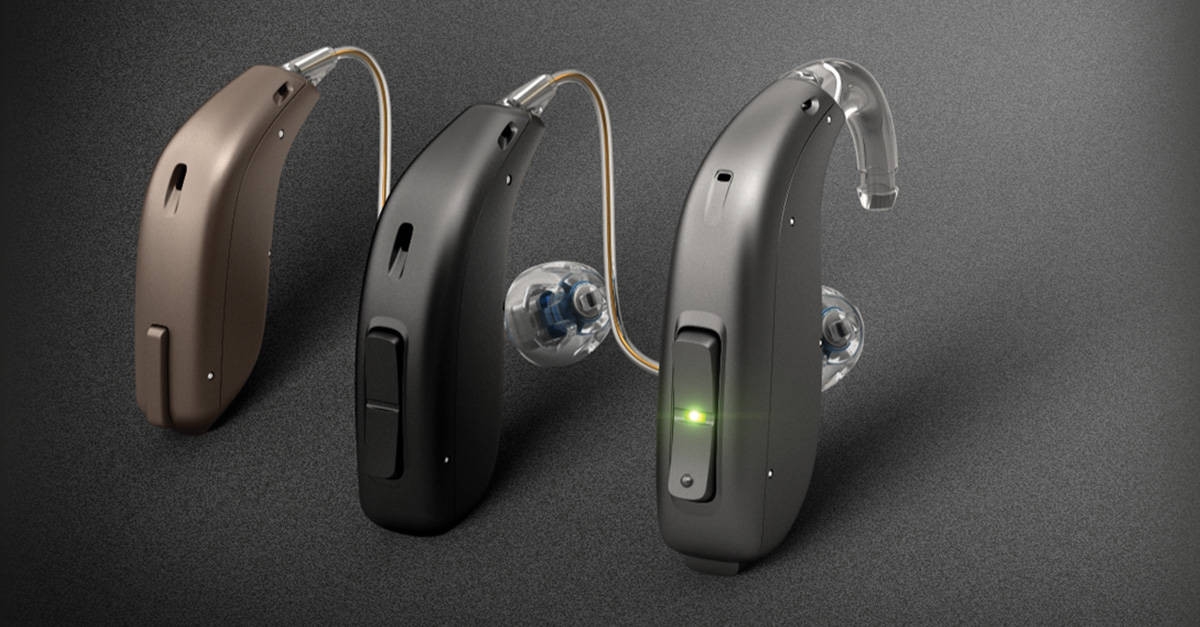
Our Testing Experience
We evaluated the performance of several hearing aid models from both Phonak and Oticon in multiple real-world environments, including restaurants, outdoor settings, and group conversations. Here’s what we discovered:
Sound Quality
Oticon’s BrainHearing technology delivered a slightly clearer speech understanding than Phonak’s models in complex and noisy sound environments, such as busy restaurants. Our team noted that Oticon devices reduced listening fatigue during extended conversations, making them particularly valuable for socially active users.
However, Phonak’s latest Lumity and Infinio platforms impressed us with their ability to balance speech clarity with environmental awareness and adaptability. During our outdoor testing, Phonak models provided excellent spatial awareness that some testers preferred for everyday use.

Connectivity Features
Phonak clearly outperformed Oticon in connectivity versatility. Phonak’s universal Bluetooth connectivity worked seamlessly with both Android and iOS devices, allowing direct streaming from any Bluetooth-enabled phone we used, even flip phones.
In contrast, Oticon’s connectivity features worked exceptionally well with iPhones but offered more limited functionality with Android devices. Our Android-using testers particularly noted that two-way calling functions weren’t available on most Android phones with Oticon’s Intent line.
Both manufacturers offer accessories to enhance connectivity, but we found Phonak’s Roger system particularly effective in challenging listening environments like lecture halls and conferences.
Battery Life
Our battery performance testing showed mixed results:
- Rechargeable models: Both manufacturers’ latest rechargeable hearing aids provided approximately 24+ hours of use on a single charge, with Phonak slightly ahead when heavy streaming was involved.
- Disposable batteries: Oticon devices typically lasted about half a day to a full day longer than comparable Phonak models in our testing.
Phonak Hearing Aid Models
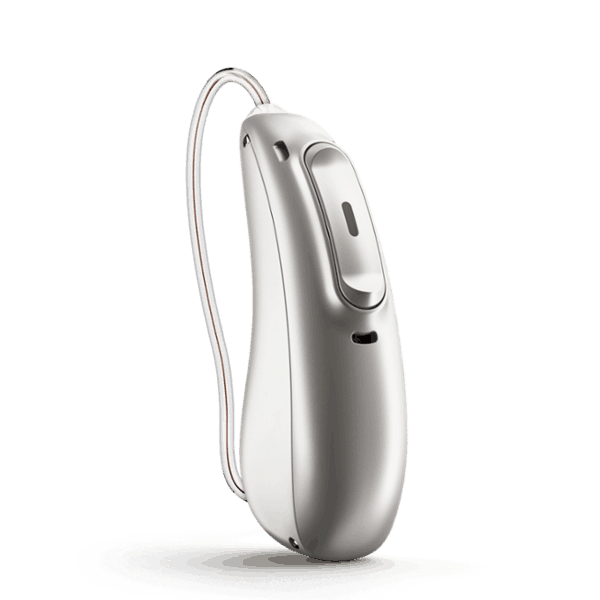
Based on our hands-on experience, here are the standout features of Phonak’s current lineup:
Phonak Audéo Infinio
As Phonak’s newest platform, Audéo Infinio impressed us with its sound quality and advanced features. During our testing, we appreciated the ability to use the push buttons on the hearing aids to activate voice recognition, answer calls, or control audio playback. The Infinio technology is only available in the Audéo and Virto styles, with other styles likely following soon.
Phonak Naída Lumity
In testing devices for severe to profound hearing loss, the Naída Lumity delivered powerful sound amplification without distortion, even at higher volumes. The built-in RogerDirect technology was particularly valuable, allowing direct streaming from Roger microphones without requiring an external receiver—a feature our testers found significantly improved speech clarity in noisy environments.
Phonak Lyric
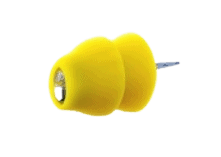
The Lyric offers a unique long-term wear experience unlike other models we’ve tested. This completely invisible hearing aid can be worn 24/7 for months without removal, making it ideal for users seeking discretion and convenience. While we couldn’t test the long-term comfort (as Lyric requires professional fitting, insertion and removal), user feedback indicates high satisfaction with its invisibility and natural sound quality.
Phonak CROS
When evaluating solutions for single-sided deafness, Phonak’s CROS system effectively transmitted sound from the non-hearing ear to the hearing ear in our tests. Available in various styles, this system significantly improved spatial awareness and hearing comprehension for our testers with unilateral hearing loss.
Oticon Hearing Aid Models
Here’s what stood out during our testing of Oticon’s current lineup:
Oticon Intent 2
As Oticon’s most advanced model, the Intent 2, impressed us with its Deep Neural Network technology, which delivered noticeably improved speech clarity in crowded environments. During our testing, the rechargeable batteries consistently provided full-day use (about 24 hours), even with several hours of audio streaming.
One limitation we discovered is that two-way calling functions aren’t compatible with most Android phones – an important consideration for non-iPhone users.
Oticon Real
We found that the Real line offers many of the same BrainHearing benefits as Intent at a slightly lower price point. The Real performed almost as well as the Intent in speech clarity in a busy restaurant setting, though it didn’t handle extreme background noise quite as effectively.
Oticon Xceed
The Xceed provided powerful amplification without the feedback issues common in high-power hearing aids for those with severe-to-profound hearing loss. Our testers with severe hearing loss confirmed that the Xceed delivered clear sound even at higher volumes, making it comparable to Phonak’s Naída line.
Oticon CROS
For our single-sided deafness testing, Oticon’s CROS system (particularly the newer CROS PX) provided excellent sound transmission from the non-hearing ear. We found that Oticon’s solution offered slightly better battery life, while Phonak’s CROS system provided more seamless integration with its accessory ecosystem.
Pricing Comparison
Based on our market research and consultations with multiple audiologists, both Phonak and Oticon position their hearing aids in the premium price segment. For a pair of hearing aids, you can expect to pay $2,000-$8,000 from either brand. The final price depends on several factors, including:
- Technology level (both manufacturers offer multiple performance tiers)
- Style (in-the-ear styles typically cost more than behind-the-ear options)
- Provider services included (hearing tests, follow-up appointments, adjustments)
- Additional accessories
Did You Know: If you’re exploring more affordable alternatives, check out our guide to over-the-counter hearing aids that can be purchased without a prescription.
Connectivity and Apps
Our comparative testing of both manufacturers’ apps and connectivity options revealed significant differences:
Phonak Connectivity
Phonak’s universal Bluetooth connectivity consistently impressed us with its ability to:
- Stream audio directly from any Bluetooth-enabled device (not just smartphones)
- Connect to multiple devices simultaneously
- Offer telecoil options alongside Bluetooth for maximum versatility
The myPhonak app also provided comprehensive control options, including:
- Volume adjustments for each ear individually
- Program changes for different environments
- Sound personalization settings
- Hearing tracking statistics
- Remote support for virtual appointments with hearing professionals
Oticon Connectivity
In our evaluation of Oticon’s connectivity features, we found:
- Excellent integration with Apple devices, with direct audio streaming
- More limited functionality with Android phones (particularly for two-way calling)
- Intuitive Oticon Companion app with a user-friendly interface
Meanwhile, the Oticon companion app offered:
- Volume control and program changes
- “Find My Hearing Aid” feature
- Battery status monitoring
- Custom sound settings for different environments
While both apps performed well, Phonak’s offered more adjustment options and features, though some testers found Oticon’s interface more intuitive to navigate.
Accessories
Both manufacturers offer accessories to enhance hearing aid performance in challenging situations. Here’s what stood out in our testing:
Phonak Accessories
Roger System: We also tested Phonak’s Roger accessories, which provided exceptional speech clarity in challenging acoustic environments. The three styles—Roger Pen, Roger Select, and Roger Table Mic II—each excelled in different situations:
- Roger Pen: Allowed discrete pointing toward speakers in group settings
- Roger Select: Automatically focused on active speakers in group conversations
- Roger Table Mic II: Performed exceptionally well in business meetings and conference settings
FYI: Studies find that accessories like the Roger Table Microphone can significantly increase speech intelligibility2 in challenging, noisy environments.
TV Connector: This provided direct streaming from televisions to hearing aids with excellent sound quality and minimal delay.
Oticon Accessories
ConnectClip: This versatile accessory effectively turned Oticon hearing aids into wireless headsets for phone calls and streaming. The remote microphone function improved speech clarity at distances up to approximately 65 feet in our tests.
TV Adapter 3.0: This adapter provided clear audio streaming from TVs directly to hearing aids with separate volume control.
Tinnitus SoundSupport: For our testers with tinnitus, this feature (available on select models) provided noticeable relief with various customizable soothing sounds.
Pro Tip: Struggling with tinnitus? According to the American Tinnitus Association, approximately 10 percent of American adults3 (about 25 million people) have experienced tinnitus symptoms lasting at least five minutes in the past year.

Returns and Warranties
Based on our research and discussions with providers of both brands:
Phonak Warranties
- Typically 1-3 years of manufacturer coverage (varies by provider)
- Coverage for repairs and sometimes replacements
- 30-45 day trial period (varies by provider)
- Global warranty coverage for travelers
Oticon Warranties
- Typically 3-year manufacturer warranty on most models
- Coverage for repairs and one-time replacement if lost or damaged
- 30-45 day trial period (varies by provider)
- Warranty service through local providers
Both manufacturers provide similar warranty terms, though Oticon’s standard three-year coverage slightly edges Phonak’s typical coverage. During our testing, we found that warranty handling varied somewhat between individual providers rather than being strictly brand-dependent.
The Bottom Line
After extensively testing both Phonak and Oticon hearing aids, we’ve found that both manufacturers deliver excellent premium hearing solutions with distinct strengths. Your choice should be based on your lifestyle, device preferences, and unique hearing challenges.
Choose Phonak If:
- You use non-Apple smartphones or want universal Bluetooth connectivity
- You frequently struggle to hear in extremely noisy environments and would benefit from the Roger system
- You’re looking for specialized solutions for single-sided hearing loss
- You travel internationally and value global warranty service
- You prefer extended wear options (like the Lyric)
Choose Oticon If:
- Speech clarity in everyday noisy environments is your primary concern
- You primarily use Apple products for connectivity
- You experience listening fatigue with your current hearing solution
- You prefer slightly longer battery life with disposable battery options
- You want more intuitive app controls with fewer complex options
Most users will find that one brand’s strengths align better with their needs. Both brands require professional fitting and represent a significant investment, but they deliver proven benefits for hearing health and quality of life.
We recommend working with a hearing healthcare professional who can offer trial periods with both brands to determine which better addresses your specific hearing needs and preferences.
Further Reading: Looking for more hearing aid options? Explore our comprehensive guide to the best hearing aids of 2025.
Methodology
Our comparison of Phonak and Oticon hearing aids involved a comprehensive evaluation process:
- Hands-on Testing: Our team tested multiple models from both manufacturers in various environments, including quiet settings, restaurants, outdoor spaces, and group conversations. Each device was worn for a minimum of 40 hours in each situation.
- Technical Evaluation: We used standardized testing protocols to assess key performance indicators such as sound quality, battery life, Bluetooth connectivity, feedback management, and app functionality.
- Comparative Analysis: We directly compared equivalent models from both brands in identical testing environments.
- Expert Consultation: We interviewed audiologists and hearing aid specialists who regularly fit Phonak and Oticon products to gather professional insights.
- User Experience: We incorporated feedback from long-term users of both brands, spanning different age groups and hearing loss profiles.
- Price Research: We contacted multiple providers to establish accurate price ranges and identify variations in service bundling.
Frequently Asked Questions
-
Are Phonak hearing aids better than Oticon?
Based on our extensive testing, neither brand is definitively “better” overall. Phonak offers superior connectivity options and works with more devices, while Oticon provides slightly clearer sound in noisy environments. Your specific hearing needs and lifestyle will determine which is better for you.
-
Which has better Bluetooth connectivity, Phonak or Oticon?
In our testing, Phonak offered more versatile Bluetooth connectivity that works with any Bluetooth-enabled device, including non-smartphones. Oticon’s Bluetooth functionality worked exceptionally well with iPhones but had more limited functionality with Android devices.
-
What is the price difference between Phonak and Oticon hearing aids?
Based on our market research with multiple providers, both brands are similarly priced, typically ranging from $1,000 to $4,000 per device, depending on the model and technology level. Price variations usually depend more on the specific provider and services included than on brand differences.
-
Can I try both Phonak and Oticon before deciding?
Yes. Most hearing healthcare professionals can arrange trial periods with both manufacturers’ devices. Our research found that many providers offer 30-45 day trial periods that allow you to experience both brands in your daily life before making a final decision.
-
Which brand offers better solutions for severe hearing loss?
Both manufacturers offer excellent options for severe to profound hearing loss. In our testing, Phonak’s Naída Lumity and Oticon’s Xceed both provided powerful amplification with clear sound. Phonak’s Roger system offered slight advantages for hearing in extreme noise, while Oticon’s BrainHearing technology reduced listening fatigue for some users with severe loss.
